How Do I Add a Duress Code Using the Alarm.com Customer App?
To program a Duress Code remotely using the Alarm.com Customer App, start with a compatible panel. Log into the App, select Menu, then Users. Click More and then click Add Duress User. In the Name field enter a name then click Create. Set the access code, then device access, then click Save.
Panels that support remote Duress Code programming:
| Panel or Communicator Name | Multiple Duress Codes Supported? |
|---|---|
| SEM - Honeywell/Ademco Vista | Yes |
| SEM - DSC PowerSeries | Yes |
| DSC PowerSeries NEO | Yes |
| DSC Iotega | Yes |
| DSC Impassa | Yes |
| 2GIG GoControl 1 & 2 | No |
| 2GIG GC3 | No |
| Qolsys IQ Panel | No |
| Qolsys IQ Panel 2 | No |
| Interlogix/GE Concord 4 | Yes |
| Interlogix NX | No |
| Interlogix Simon XT | No |
| Interlogix Simon XTi/XTi-5 | No |
The Alarm.com dealer must make this feature available before the customer will see the options described. If the option doesn't show up, contact the Alarm.com dealer. They will need to enable the feature by speaking to their Alarm.com Sales Representative. Once Alarm.com turns on this feature, all customer accounts that support remote duress programming should then have the option enabled.
The Duress Code is a special code supported by most alarm panels. Some panels will have only one (1) Duress Code while others may allow multiple different Duress Codes. See the chart above to see if your panel supports remote duress programming and how many codes it offers. Using the Duress Code will perform a security system function, such as disarming the panel, but in addition it will silently alert the monitoring station that the person performing that security function did so under duress.
Here is an example of being under duress: a user, let's call him John, is arriving home and as he prepares to go in the door, an intruder rushes up and forces their way inside the door with him. If the system was armed when John left, it should be beeping the Entry Delay warning. The intruder forces John to disarm the system to prevent an alarm. John does so, but instead of disarming with the usual code, he disarms with the Duress Code. At the panel and to the intruder, everything looks normal, the panel appears only to disarm. But the monitoring station will have received the silent Duress Signal, and the signal will be processed per the monitoring stations policies, and instructions from the user. A Duress Code is only really useful on a monitored system. If the system is not being monitored by someone who is outside the premises at the time the duress signal is sent, then there is no one to send John help.
To add a Duress Code to a compatible system remotely using the Alarm.com App, perform the following:
1. Access the Alarm.com App. Pull up the Alarm.com App on your phone or tablet. Log in using your Username and Password. Complete 2-Factor Authentication, if enabled. The icon for the app is shown below:
![]()
2. Go to Menu. Click the Menu Icon in the upper left:

3. Go to Users then More. Under Users, click More in the upper-right. Then click Add Duress User under More Options:

4. Give Duress User a name. On panels that support multiple Duress Users, each regular panel user can have their own separate Duress Code. This may help each user to better remember what their Duress Code is. In this case, each Duress Code should also have the proper name associated with it as well as a way to identify it as a Duress Code. For most systems, though, a single Duress Code will suffice. The Admin User can select the name they want this code to display. Enter a name, then click Create:

5. Enter 4-Digit Code. This is the 4-digit code to be used, instead of the normal user code, when the user is in a duress situation as described above. If you know the 4-digit code that is to be used, enter it here. The Alarm.com server can also generate a random code for you, if you don't have a particular code in mind. Finally, make sure that access to the alarm panel is toggled ON. If the Admin User creating this Duress Code has access to multiple systems, then it can give the Duress Code access to multiple systems on this screen. Once these steps are complete, click Save.
Be absolutely certain that all users of the system or systems know their respective Duress Code as well as when it should, and when it shouldn't, be used. Typically, central station operators are trained to dispatch police immediately when a duress signal is received, without attempting to call the site. Since this is a silent report, if a user accidentally enters the Duress Code instead of the normal User Code, he or she may not realize it until the authorities show up a few minutes later.

6. Test the code. Give the panel or panels a few minutes to receive the update from the Alarm.com server. You can speed up this process by clicking the Sync icon next to the Duress User Code on the Users Screen. Before testing the Duress Code, be sure the system is on test with the central station. This will prevent an unwanted and unnecessary dispatch of the authorities. Alarm.com users may be able to put their system on test using the Alarm.com App.

Did you find this answer useful?
We offer alarm monitoring as low as $10 / month
Click Here to Learn MoreRelated Products
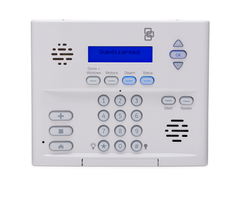


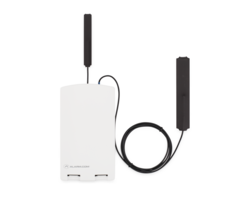
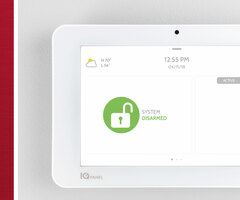
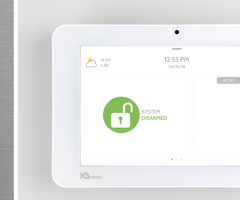
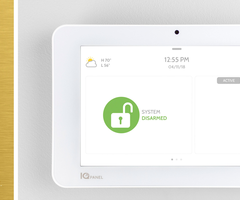

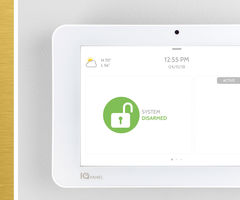
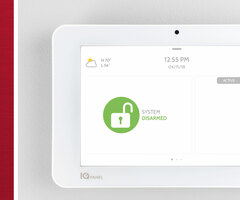


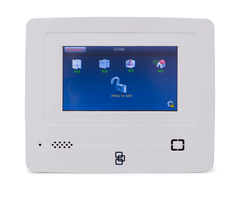

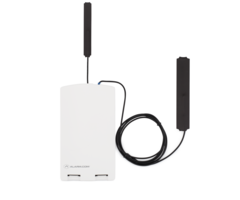
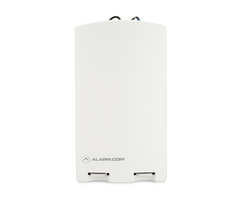
- Answered
- Answered By
- Julia Ross

